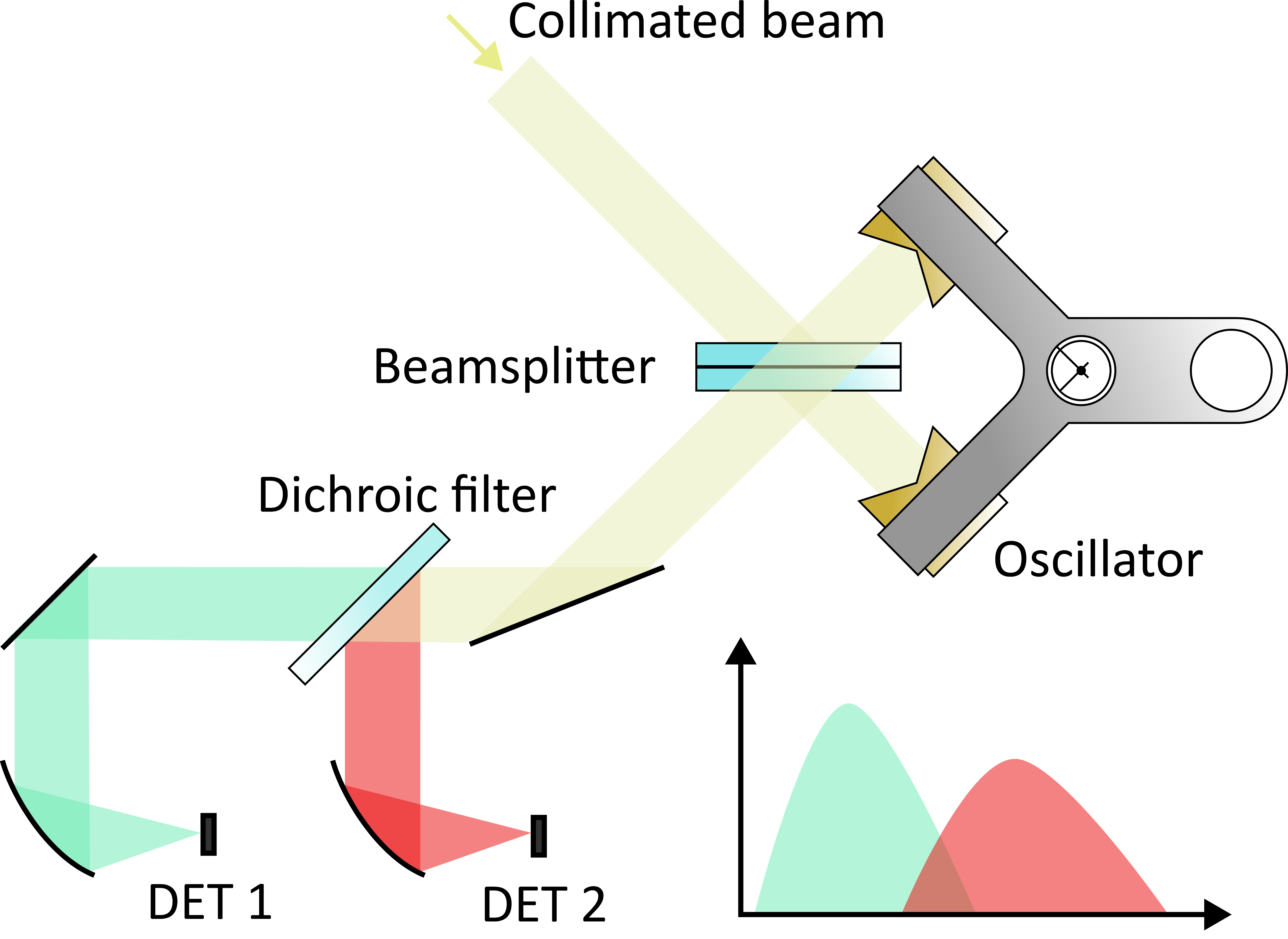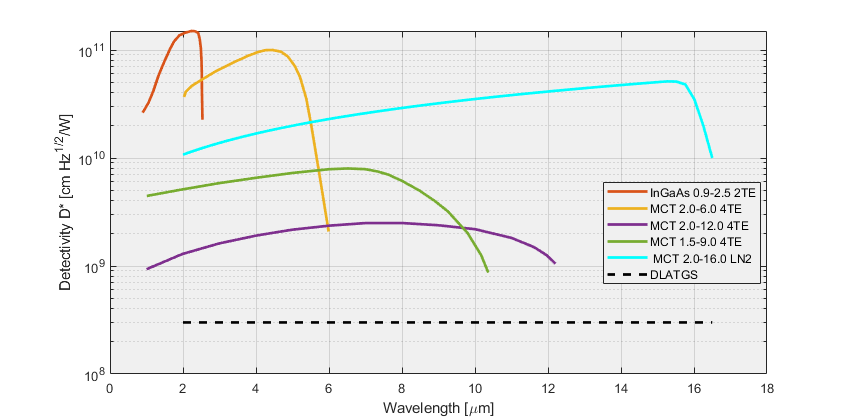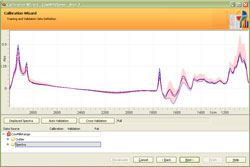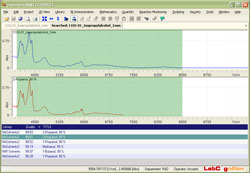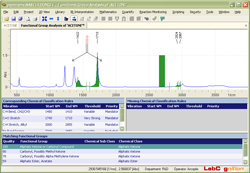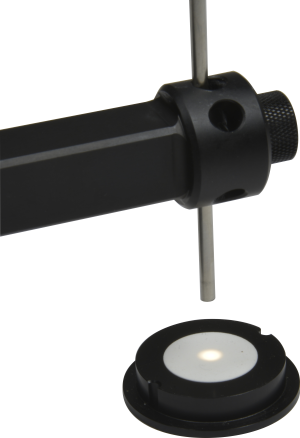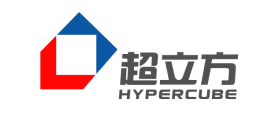ARCoptix FTIR KIT
The ARCoptix FTIR KIT is a selected set of building blocks that can be seamlessly mounted on the instrument to perform various measurements, offering a compact and highly performant FTIR based platform. The FTIR KIT features a built-in light source, high end ZnSe optics and can host various detectors including a dual-detector version that provides the best of the two worlds: broadband acquisition and high SNR. Each accessory can be ordered individually, which makes the FTIR KIT a versatile tool for laboratories, universities or research institutes.
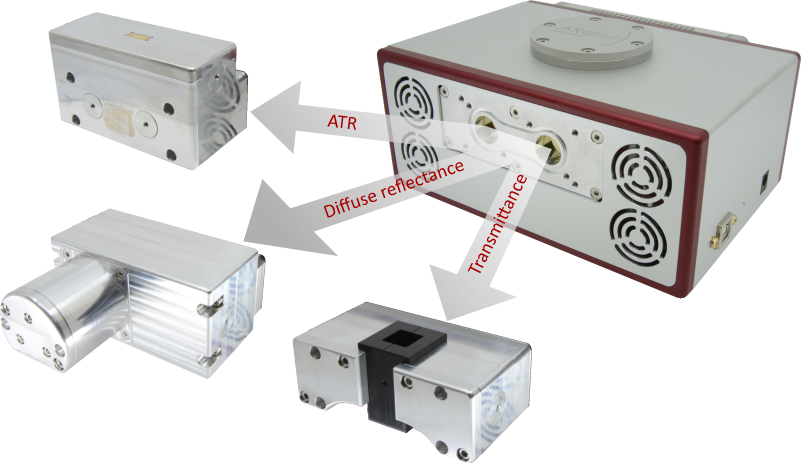
ATR module
The ATR module consists of a 3 bounce ZnSe ATR crystal designed to measure liquids or suspended solutions. Thanks to the high throughput of this configuration and the high sensitivity of our thermoeletric cooled detectors, the FTIR-KIT-ATR enables all sorts of liquids to be used as buffer, including water !
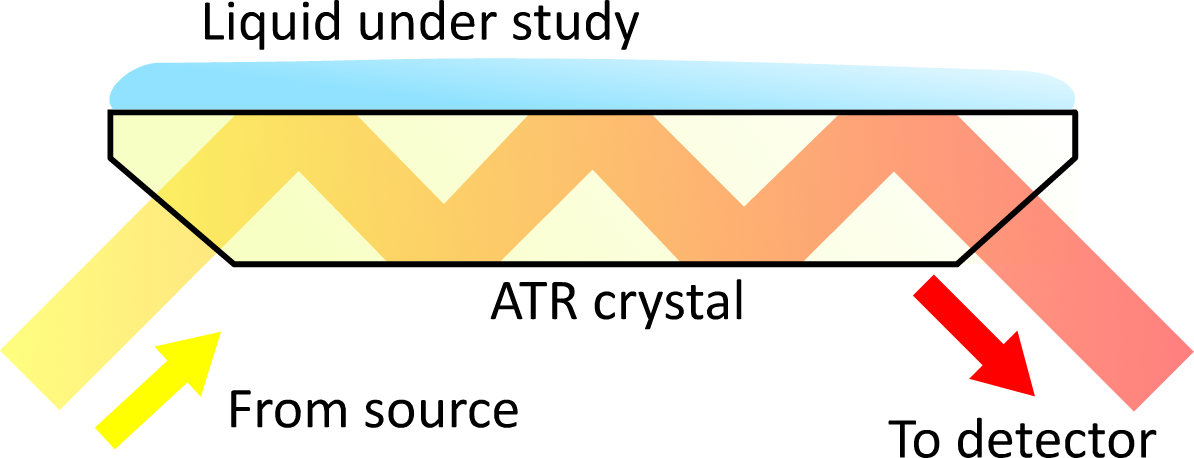
Diffuse reflectance module
The diffuse reflectance module allows characterizing even low reflective samples over the entire spectral range provided by the selected detector while simultaneously blocking specular reflection. Unlike fibered solutions, this configuration allows collecting high quality spectra with outstanding signa-to-noise ratio in a matter of seconds.
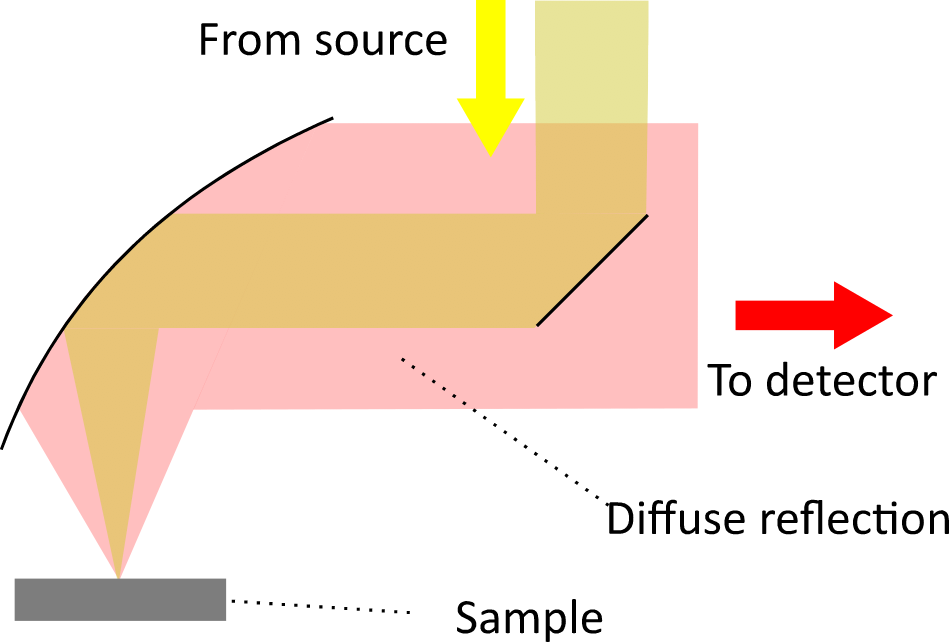
Transmission module
The transmittance module uses focused beams to allow characterizing various optical components (filters, windows etc.) or liquids in a cuvette. High quality transmittance spectra can be effortlessly acquired over a broad spectral range (up to 16 μm) depending on the selected detector.


